Today, over in Bavaria, it is the first day of the first edition of Fotofestival Nüernberg 2020. Despite the challenges of holding events during Covid times, the organisers of this new German photography festival were determined not to cancel (as they did last year), this time taking the exhibitions outdoors and online. I am delighted that my project “Mi Ieu, Ma Vilo” (‘My Eyes, My Town’ in Provençal) is on show there, in Nuremberg’s main park. In response to the festival’s theme, ‘Facing Reality’, I explored how each of us experiences the same place differently, and worked with glass to make a series of environmental portraits – with a twist. Viewing the world as seen by the subject within their own portrait, and incorporating reflections seen in the glass, I set out to illustrate how internal narratives, usually unseen, may colour our perceptions of our surroundings.
Seeing the world through a frame
Defining reality is not straightforward. If it is seen as the state of things as they are, rather than as we imagine them to be, then the towns and cities we live in represent our immediate reality – a shared, objective reality. Yet although we can all look at the same street, our attention will be drawn to different things on it, and our reactions to those things will be different – the street I experience will not be the same street that you experience, and so our realities are not the same. In the 1960s, French philosopher Maurice Merleau-Ponty asserted (somewhat verbosely) that “the body and that which the body perceives cannot be disentangled. Communing with the beings and surroundings it encounters, the body intentionally elaborates them within an ever-present world frame, through use of its pre-conscious, pre-predicative understanding of the world”. We all see the world through our own frame and, as photographer, I wanted to explore that idea through the frame of my lens.
From fireman to psychologist
I decided to base my project in Vence, a hilltop town (population 19,000) overlooking Nice and the French Riviera. Making portraits of a wide range of its inhabitants, and exploring the town through their eyes, I aimed to build, glimpse by glimpse, a multi-layered, intimate picture of my hometown.
I began by interviewing each subject; 25 people in all. Aged from 10 to 89, of varying nationalities (Uzbekistan, Tunisia, France) and backgrounds, all that the participants had in common was that they lived in Vence. I asked them about their lives, what brought them to the town, how they feel about it and what certain places mean to them. I talked to a market trader for whom the myriad of small town, daily exchanges with neighbours in Vence’s narrow pedestrian streets gives her a profound sense of joy – and a Parisian psychologist who misses the big, elegant buildings of the capital city (and finds the myriad of unavoidable daily exchanges in Vence claustrophobic and intrusive). I listened to a fireman who is navigating a major life crossroads with the help of Tarot cards and told me that since its Roman beginnings, Vence has been a transitory, in-between place – and a street cleaner, born and raised in a rough housing project in Rome, who said that Vence is a rich town in which it’s tough to be poor, but that once you wind up here, you never leave.
Although an extract from their words would be important to display at the exhibition, I needed the portraits to speak as much as possible for themselves. After each interview, I searched for a location for the portrait that would mean something to the person, and from where I could photograph elements representing the person’s past and their perspective, as reflections in the glass.
“My identity as Mediterranean comes before my identity as French, and Vence is a Mediterranean town to me. I feel I have more in common with a Tunisian than a Parisian – we share the same chat, the same laughter, the same light…”
Anthony, 33 yrs old, teacher (of Italian history & geography)
“Vence was much better before. Look around you. I’m not racist, but it is no longer France here, is it? And that square over there, it’s been a building site for 6 months, just to plant some trees. The trees won’t survive of course. They should’ve kept the pétanque ground as it used to be. Back in the 1970s, I won first prize in a big pétanque contest; Yves Montand himself gave me the cup.”
Mireille, 75 yrs old, retired
“I lived in Place Surian for 20 years and I admit that I feel a bit nostalgic for the old days. You have to pay to sit in the sun these days. There used to be lots of benches around Vence, and empty squares, where people could just sit and enjoy the outdoors for nothing. But over the years, public spaces have got smaller and smaller: restaurant terraces and shops have taken over. There’s almost nowhere left to enjoy fresh air and sunshine for free”
Emmanuelle, 55 yrs old, bus driver
The importance of a weather forecast
Generally, when we view a portrait, we have the impression of looking the person in the eye, face-to-face. Sometimes this can feel like meeting or knowing someone; sometimes it can feel confrontational. Yet looking at a person’s reflection in glass changes how we view them and so changes our reactions to their portrait. Perhaps we feel that, as we are standing beside rather than opposite them, we are side-by-side with the subject, sharing their view? Or there may be a sense of voyeurism instead, as the photographer looks over the person’s shoulder and we sneak an uninvited look at them, at what they see. Is it indeed a portrait at all, if it is not the person’s face that is photographed, but a piece of glass showing their reflection?
The project was an interesting experience, and not without its technical challenges. Photographers always work with light, but capturing images in the reflection of glass made this outdoor, sunlit work particularly complex. Glass will only reflect a scene clearly if it is very brightly lit – and if the scene in front of the glass is very dark. Clear reflections, I discovered, were only possible on extremely sunny days, and only if my subjects were positioned in exactly the right spot, with an area of dark colour in deep shadow before them. There was often only one time of day when I could take each picture, and I had only a few minutes before sun (and shadows) moved, making the scene I wanted to reflect in the glass invisible. So recceing the locations was challenging, as was pinning my subjects down for appointments (and finding someone free to help hold my softbox). I’ve only recently recovered from my obsession with the hour-by-hour weather forecast.
Fingerprints and broken glass
Once conditions were right and we were ready to go, it was difficult to get both glass and camera in exactly the right position for all the desired elements and reflections to be seen, without the photographer, camera and stray light from the flash in shot (I was determined not to ‘Photoshop’ anything, so my camera is visible in a couple of portraits, where the picture simply wouldn’t have been possible otherwise). Moving or tilting the glass by a few millimetres changed each picture entirely, but holding the heavy piece of glass still, at arm’s length, posed a problem for some of my weaker-armed subjects (the thin, light sheet of glass I used at the beginning quickly got broken).
The glass showed up fingerprints and we’d have to stop and clean it regularly – before finding the right position again. Setting the camera’s focus point on the reflection (rather than the glass itself) or on the shadowed scene beyond, was not easy either. When I told a photographer friend all about the project, he pronounced that it was the stuff of nightmares. “And you chose it all by yourself?!?”
How do you see your town?
When discussing with the event organisers last year how my work would be shown in the Internationales Haus, I asked for it to be presented it in a non-linear way. The project as a whole is intended to give the sense of a town constructed from the stories of its inhabitants, rather than presented chronologically or geographically. I wanted to display the portraits at various heights and in different sizes, both on the walls and suspended in space, so that the viewers could choose how they navigated the exhibition. I’d planned a polished, reflective sheet of plexiglass for visitors to play with and consider their own framed view of the world. Unfortunately Covid has changed all that. But I hope people’s imaginations might stand in for the plexiglass for a moment, as they make their way home afterwards.
Many people got involved on this project and were extremely generous with their time. Big thank yous especially go to Nicolas, Anne, Isabelle, Pascal, Regis and Dad for their help, Jutta for her dogged dedication getting the festival off the ground and to all my subjects willing to give up their time, flex their biceps and share their stories with me. Merci!
> See Portrait portfolio
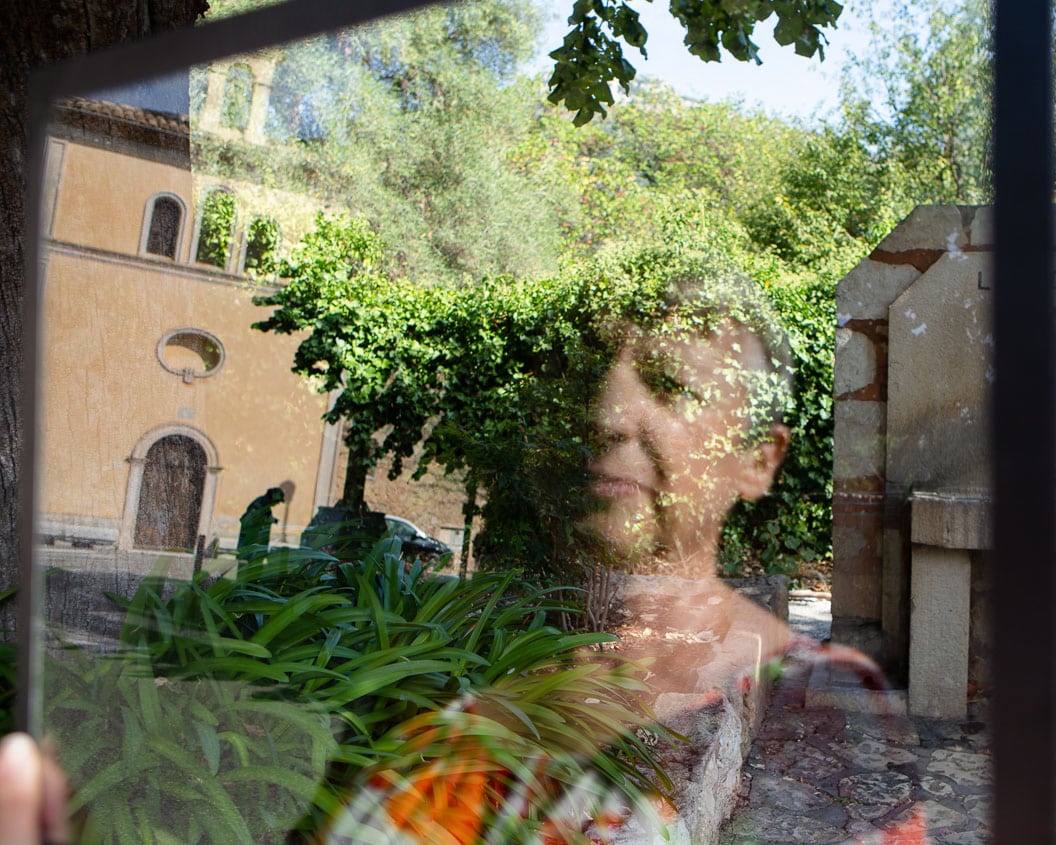
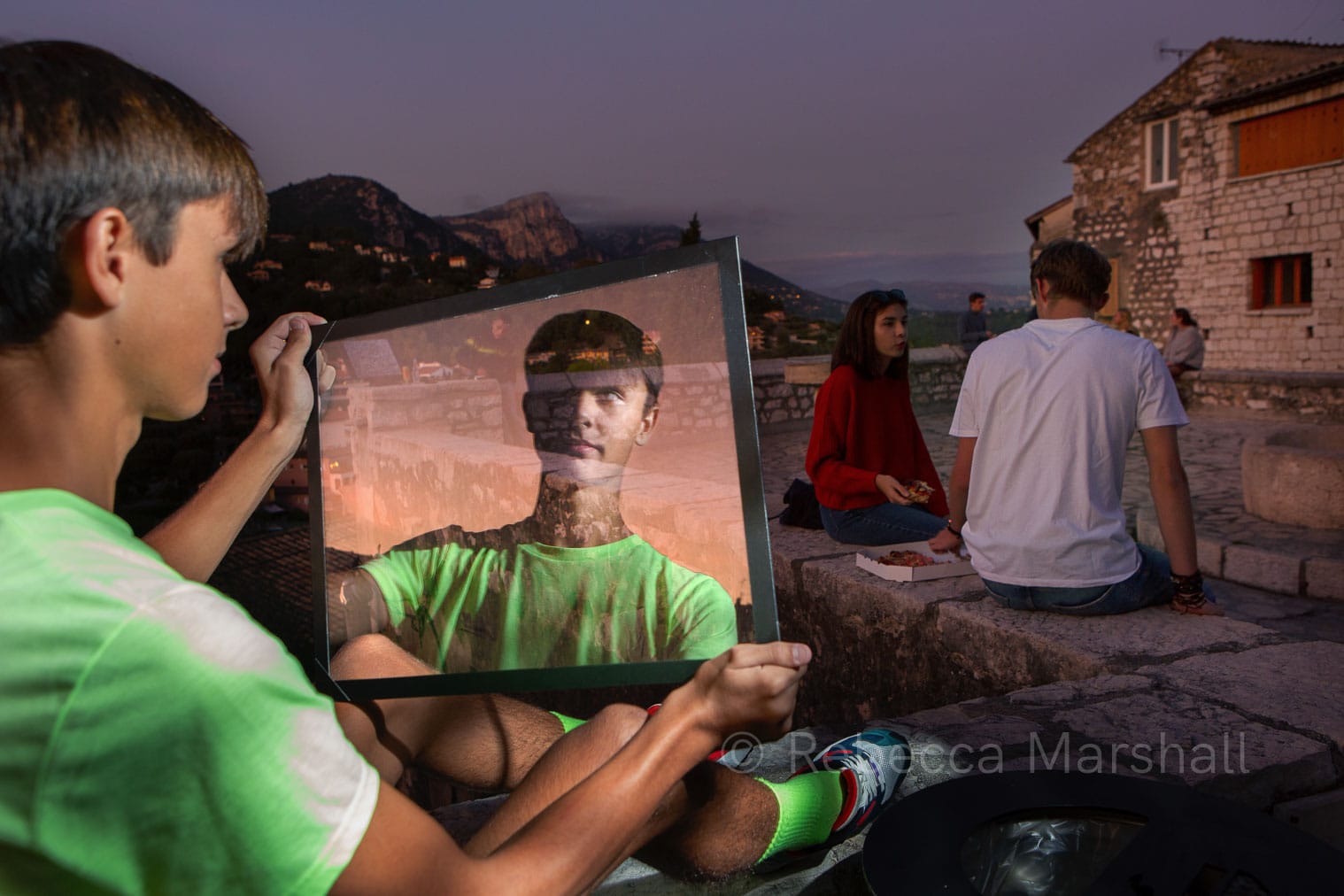
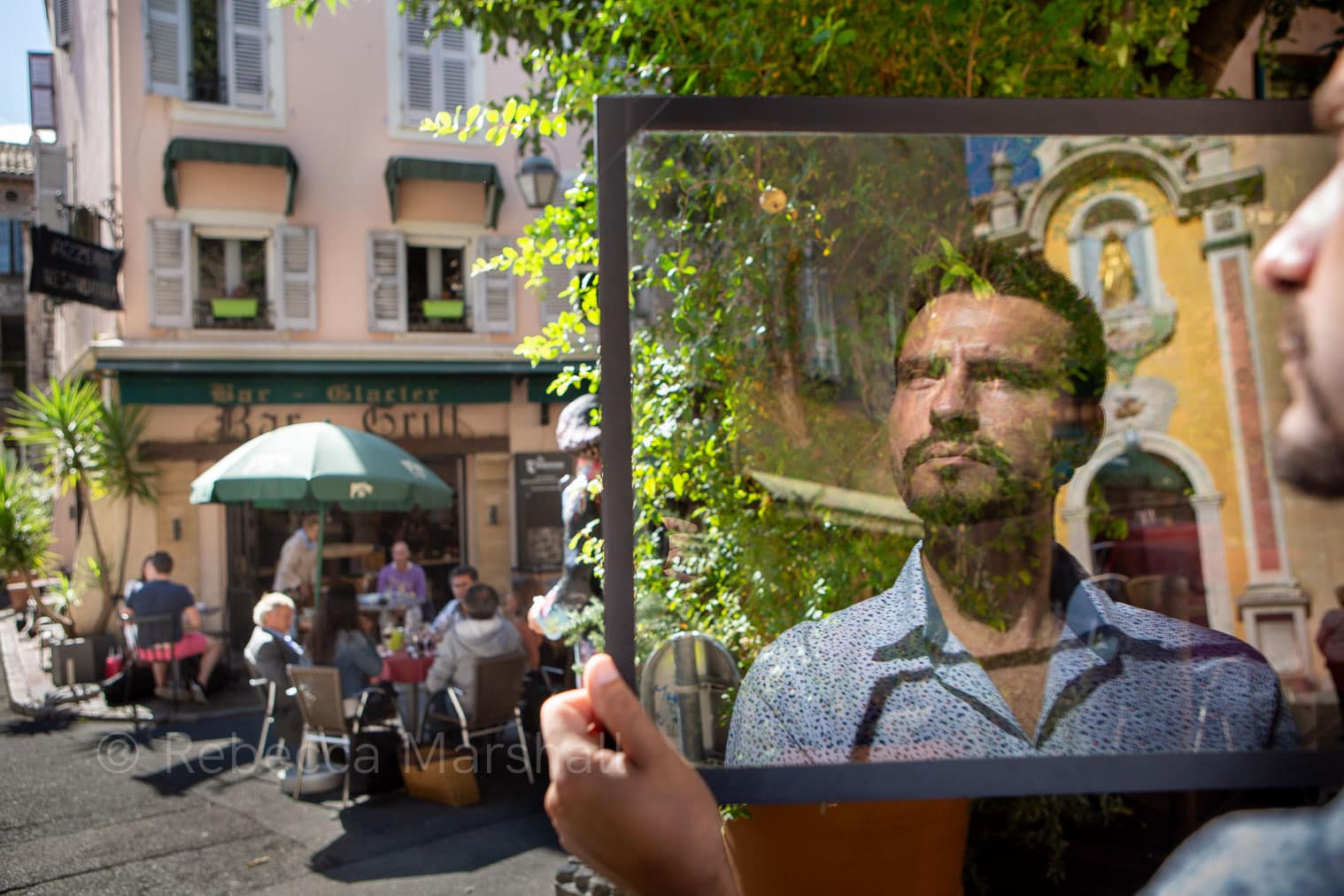
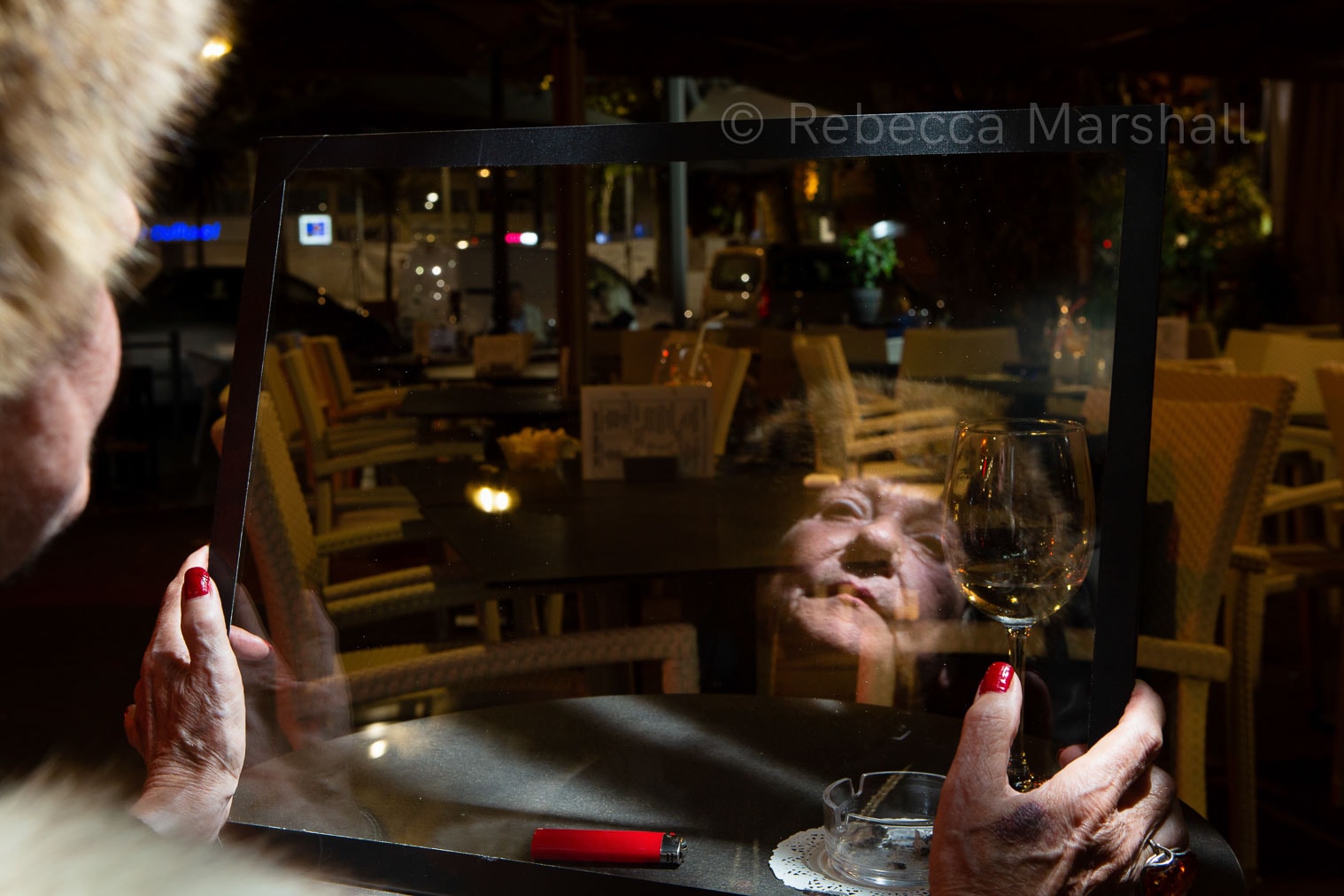
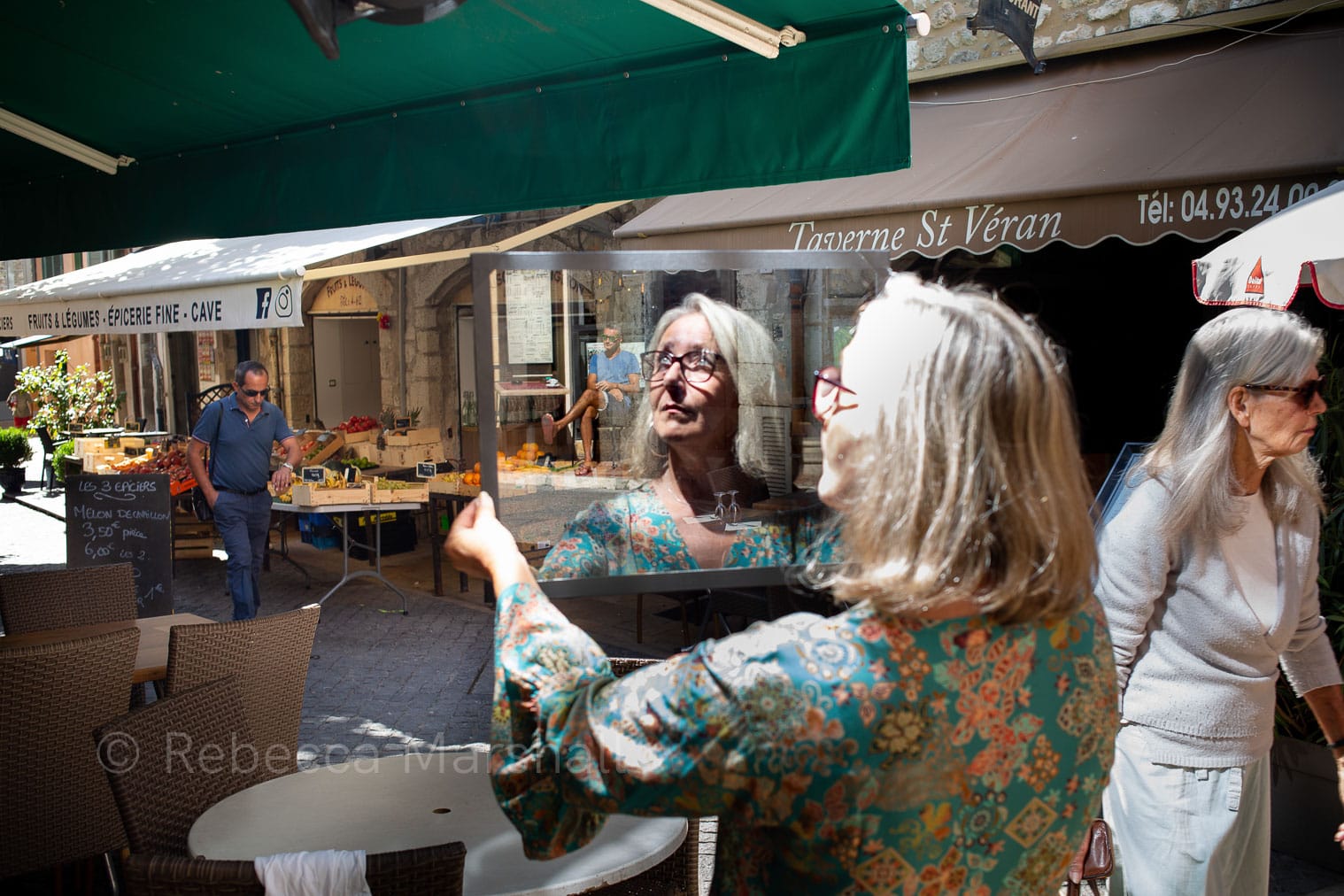
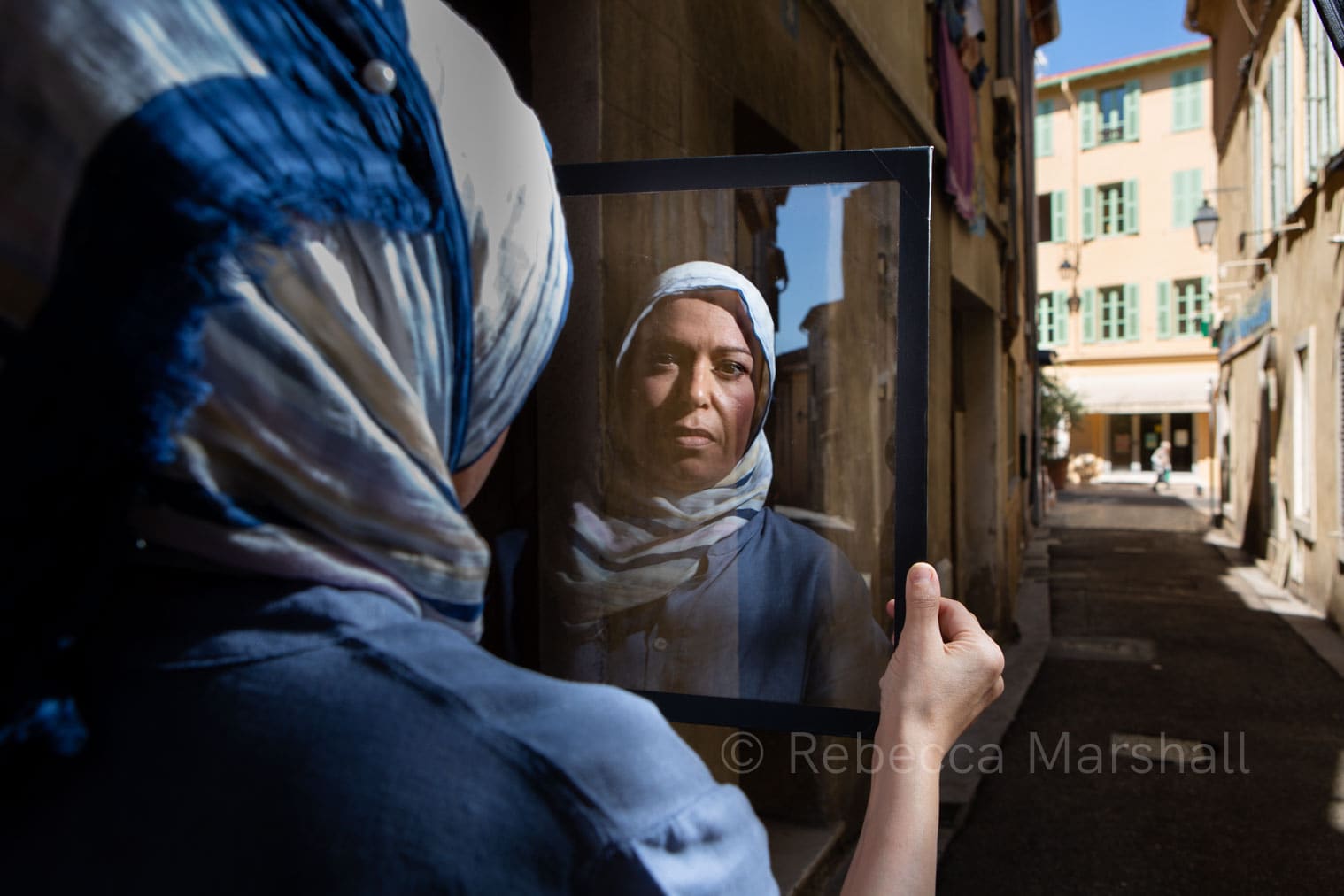
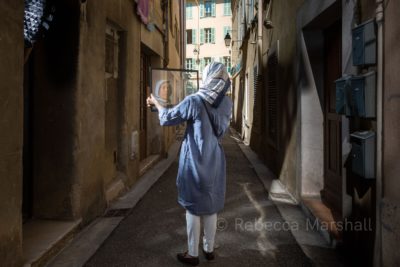
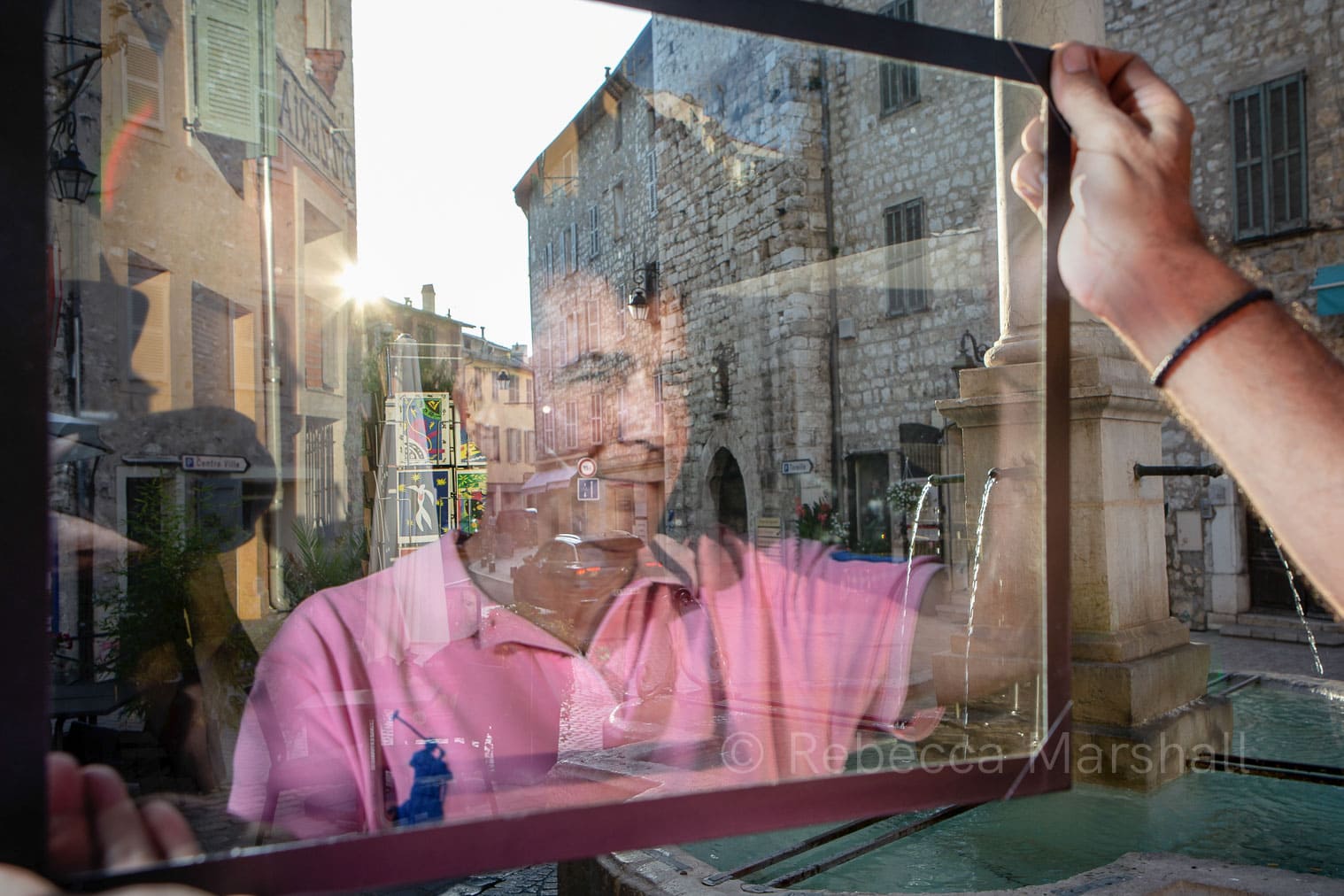
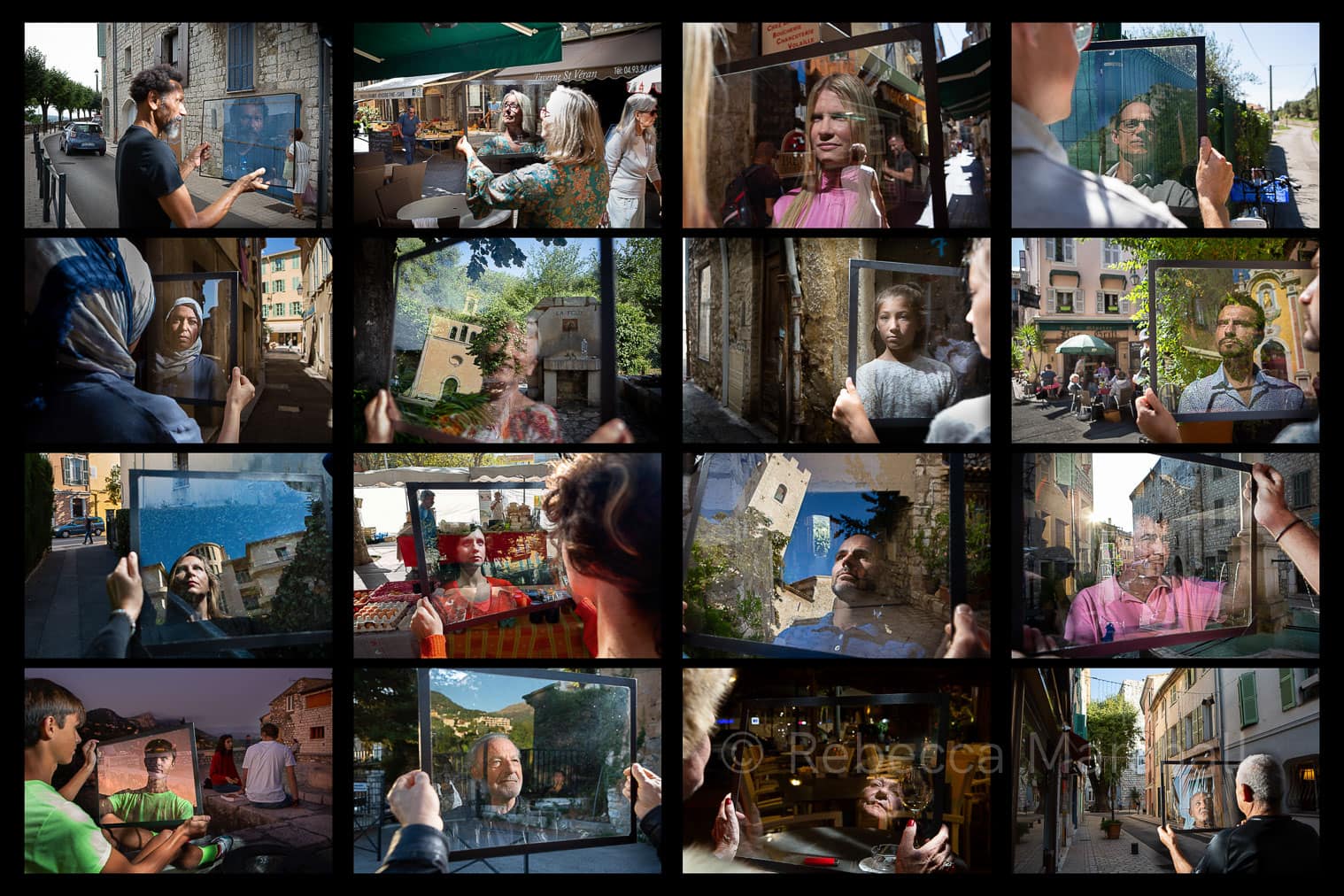
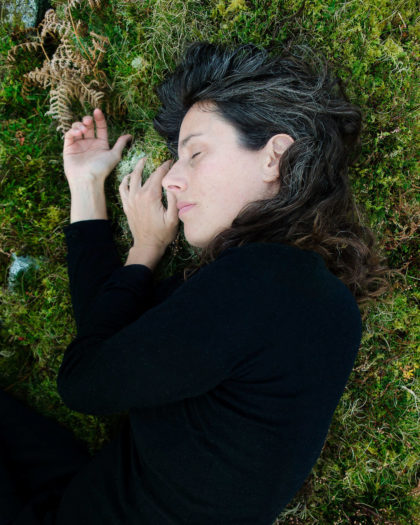
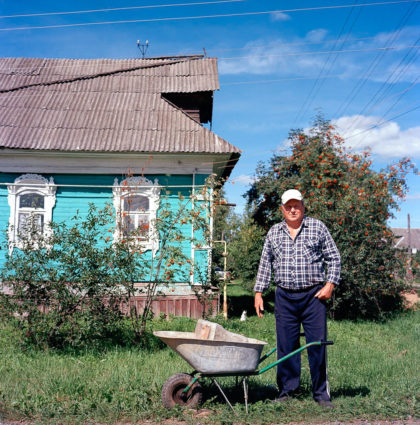
Bandana
May 4, 2021 at 7:00 am
Excellent! What an awesome project on snapshot of lives….
Rebecca Marshall
May 4, 2021 at 9:47 am
Thank you !!
preslier
May 18, 2021 at 9:45 am
Merci Rebecca superbes photos je me suis reconnu dans la 5°